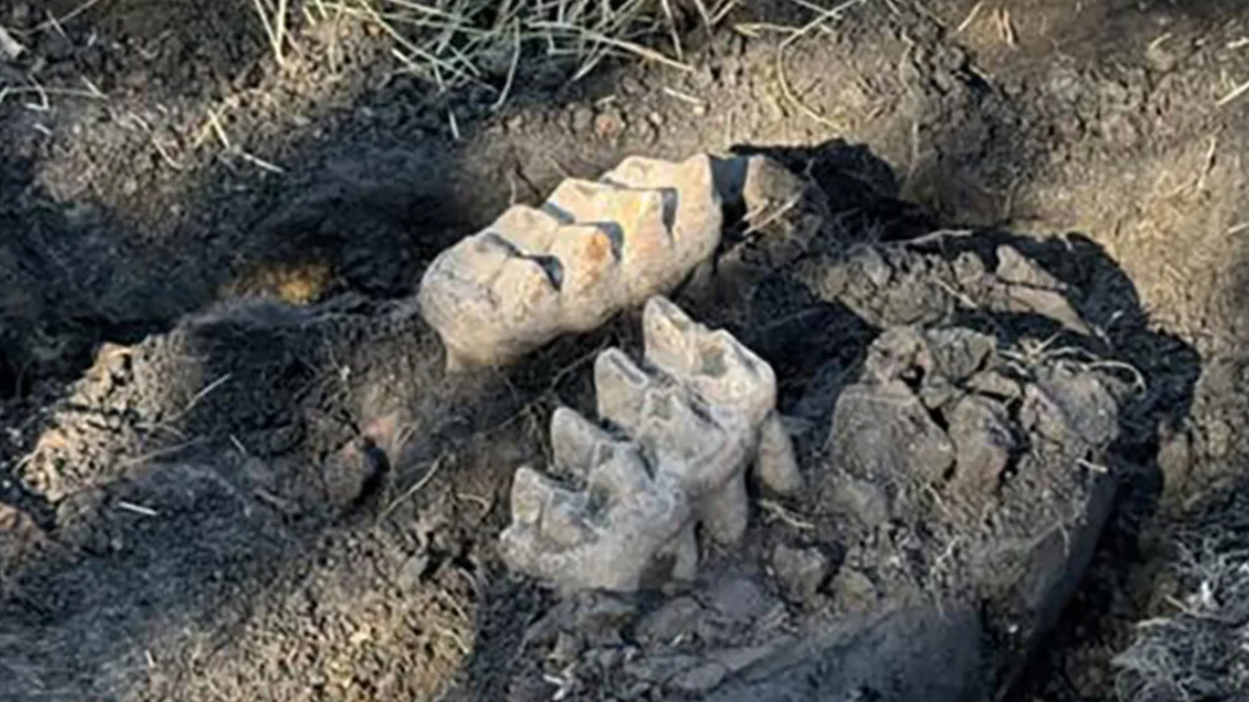An important incident has come to light when a complete jaw of an ancient animal, a mastodon, was found in the yard of a house in New York state. According to the New York State Museum, the discovery will lead to a new direction in the study of Ice Age animals.
A homeowner in Orange County, about 60 miles north of New York City, found two unique teeth under tree branches while working in his garden. At that moment they realized that they had found something important. The homeowner said, “When I saw those teeth and held them in my hand, I realized they were special. So I decided to call an expert immediately.”
Among these ancient remains were found a mastodon jaw, part of a leg bone and a fragment of a rib. Experts from the New York State Museum and State University of New York Orange worked together for this excavation.
According to the homeowner, “I am very happy to have such an important discovery on our property. This discovery will be important to the scientific community.”
According to the New York State Museum, such a discovery had not been made in New York in 11 years. However, the museum explains that Orange County is an important “hotspot” for mastodon remains. More than 150 mastodon remains have been found in New York State so far, with a third of them found in Orange County.
“This discovery of a mastodon jaw provides a rare opportunity to study the ecosystem of this species. It will further our understanding of the region’s Ice Age ecosystem,” said Robert Ferenek, the museum’s director of research and collections.
Mastodons were distant relatives of extant elephants. According to the Illinois State Museum, these animals lived in North America from about 37.5 million years ago to 11,000 years ago. A full-grown mastodon was 8 to 10 feet (2.5 to 3 m) tall and weighed about 6 tons (5,400 kg).
According to scientists, increased competition for food, climate change and heavy hunting by humans led to the extinction of the mastodon.
The jaw and other remains found will undergo rigorous scientific study in the future, including carbon dating and dietary reconstruction. According to the museum, a public exhibition of this historic find will be held in 2025.
This important excavation is expected to reveal more about the lifestyles of ancient animals during the Ice Age, marking a significant milestone in the history of New York State.
